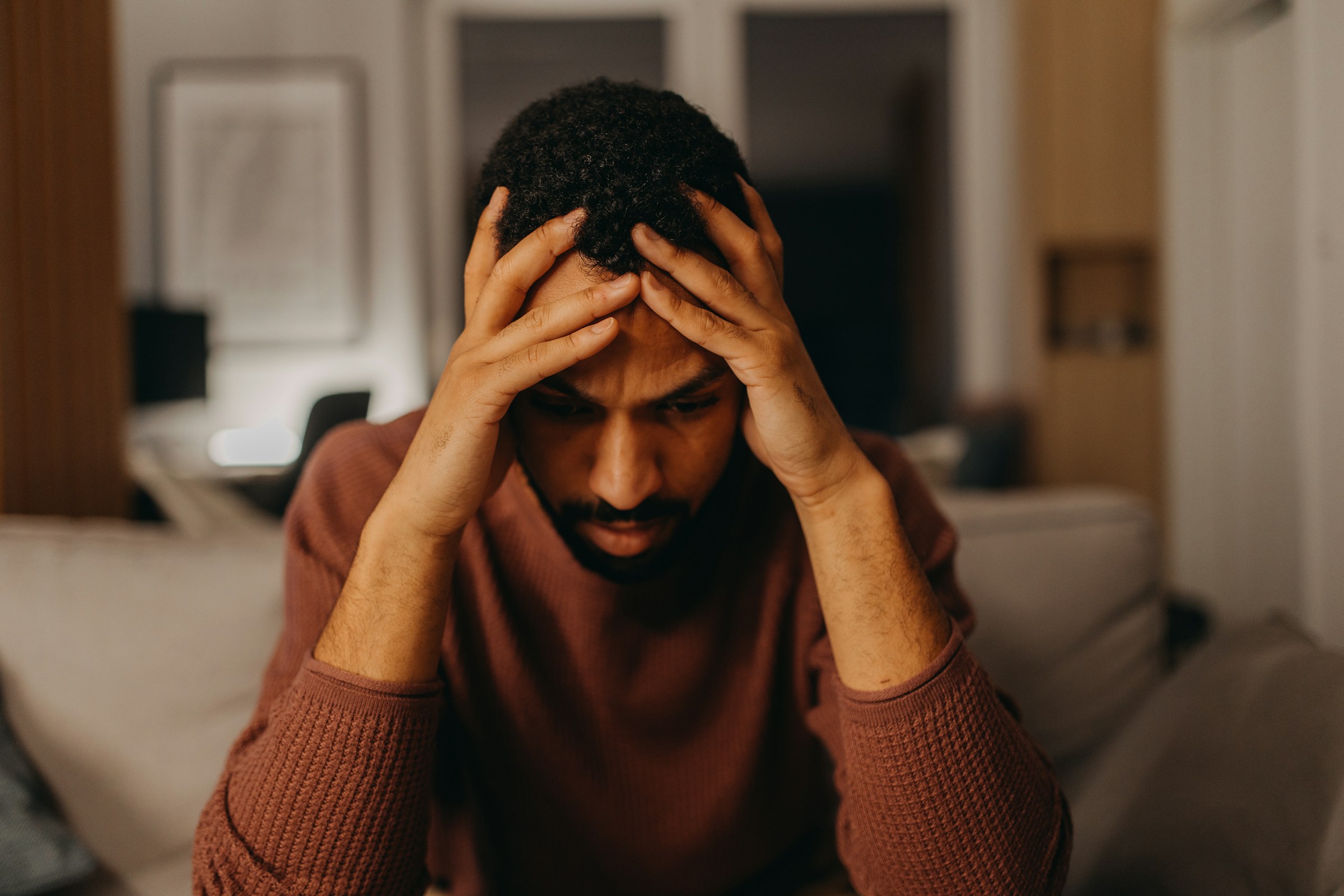Anxiety is a common mental health concern that affects millions of Australians. According to Beyond Blue, one in four people in Australia will experience anxiety at some point in their lives. Anxiety can manifest in various forms, such as generalised anxiety disorder (GAD), panic disorder, social anxiety disorder, and specific phobias. While coping with anxiety can be challenging, some practical tips and techniques can help manage symptoms effectively.

Understanding Anxiety
Before delving into coping strategies, it’s essential to understand what anxiety is and how it affects the mind and body. Anxiety is a natural response to stress or perceived threats, characterised by feelings of worry, fear, and unease. Physical symptoms may include rapid heartbeat, sweating, trembling, and difficulty breathing.
It’s important to note that experiencing anxiety is not a sign of weakness. In fact, it’s a normal human emotion that serves as a protective mechanism. However, when anxiety becomes excessive and interferes with daily life, it may be indicative of an anxiety disorder.
Practical Tips for Coping with Anxiety
Practice Relaxation Techniques
Relaxation techniques are effective tools for reducing anxiety symptoms. Deep breathing exercises, progressive muscle relaxation, and mindfulness meditation can help calm the mind and body. These techniques work by promoting a sense of tranquillity and reducing physical tension.
To practice deep breathing:
- Find a quiet space and sit comfortably.
- Inhale slowly through your nose, allowing your belly to expand.
- Hold your breath for a few seconds, then exhale slowly through your mouth.
- Repeat this process for several minutes, focusing on the sensation of your breath.
Engage in Regular Exercise
Exercise is a natural stress reliever and mood booster. Regular physical activity can help reduce anxiety symptoms by releasing endorphins, the body’s natural feel-good chemicals. Exercise also helps to improve sleep quality, which is often disrupted by anxiety.
Aim for at least 30 minutes of moderate-intensity exercise most days of the week. It can include activities such as brisk walking, swimming, cycling, or dancing. Find an activity you enjoy and make it a consistent part of your routine.
Challenge Negative Thoughts
Anxiety often involves negative thought patterns that can perpetuate feelings of worry and fear. Learning to challenge and reframe these thoughts can be a powerful tool in managing anxiety. When you notice a negative thought, ask yourself:
- Is this thought based on facts or assumptions?
- What evidence do I have to support or refute this thought?
- Is there an alternative perspective I can consider?
By questioning the validity of negative thoughts, you can gradually shift your mindset towards a more balanced and realistic outlook.
Maintain a Healthy Lifestyle
A healthy lifestyle can contribute to better mental well-being and reduced anxiety symptoms. It includes:
- Eating a balanced diet rich in fruits, vegetables, whole grains, and lean proteins
- Limiting caffeine and alcohol intake
- Getting enough sleep (aim for 7-9 hours per night)
- Avoiding smoking and recreational drugs
Making positive lifestyle changes can help support your overall health and resilience in the face of anxiety.
Seek Professional Help
If anxiety symptoms persist or significantly impact your daily life, it’s important to seek professional help. A qualified mental health professional, such as a psychologist or counsellor, can provide evidence-based treatments tailored to your specific needs.
Cognitive-behavioral therapy (CBT) is a widely used and effective treatment for anxiety disorders. CBT helps individuals identify and change negative thought patterns and behaviours that contribute to anxiety. Medication, such as selective serotonin reuptake inhibitors (SSRIs), may also be prescribed in some cases to help manage symptoms.
Conclusion
Coping with anxiety can be a challenging journey, but with the right tools and support, it is possible to manage symptoms effectively. Individuals can take proactive steps towards better mental well-being by incorporating practical tips such as relaxation techniques, regular exercise, challenging negative thoughts, maintaining a healthy lifestyle, and seeking professional help when needed.
It’s important to remember that everyone’s experience with anxiety is unique, and what works for one person may not work for another. Be patient with yourself, and don’t hesitate to reach out for support when needed. With time, effort, and the right resources, it is possible to lead a fulfilling life while managing anxiety symptoms.
If you or someone you know is struggling with anxiety, there are resources available in Australia, such as Beyond Blue (1300 224 636), that provide support and guidance.
Frequently Asked Questions:
How do I know if I have an anxiety disorder?
If you experience persistent and excessive worry, fear, or unease that interferes with your daily life and lasts for several months, you may have an anxiety disorder. Other symptoms may include restlessness, fatigue, difficulty concentrating, muscle tension, and sleep disturbances.
If you suspect you have an anxiety disorder, it’s important to consult with a mental health professional for an accurate diagnosis and appropriate treatment.
Can anxiety be cured?
While there is no definitive cure for anxiety, it can be effectively managed with the right combination of treatments and coping strategies. Many people with anxiety disorders experience significant improvement in their symptoms and quality of life through therapy, medication, lifestyle changes, and self-care practices.

